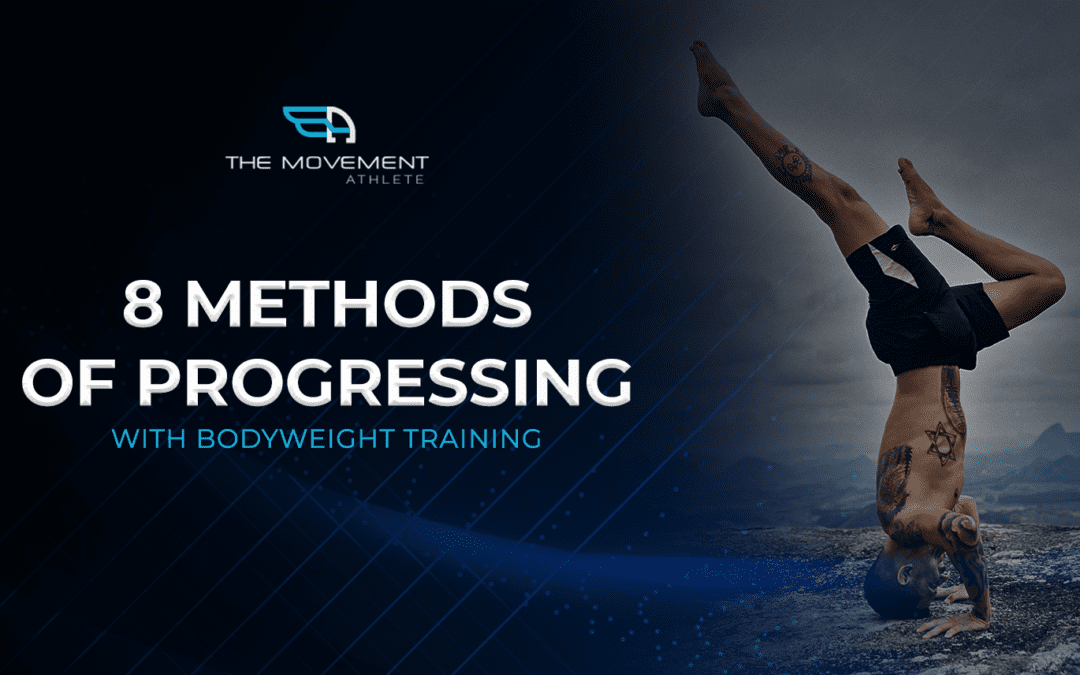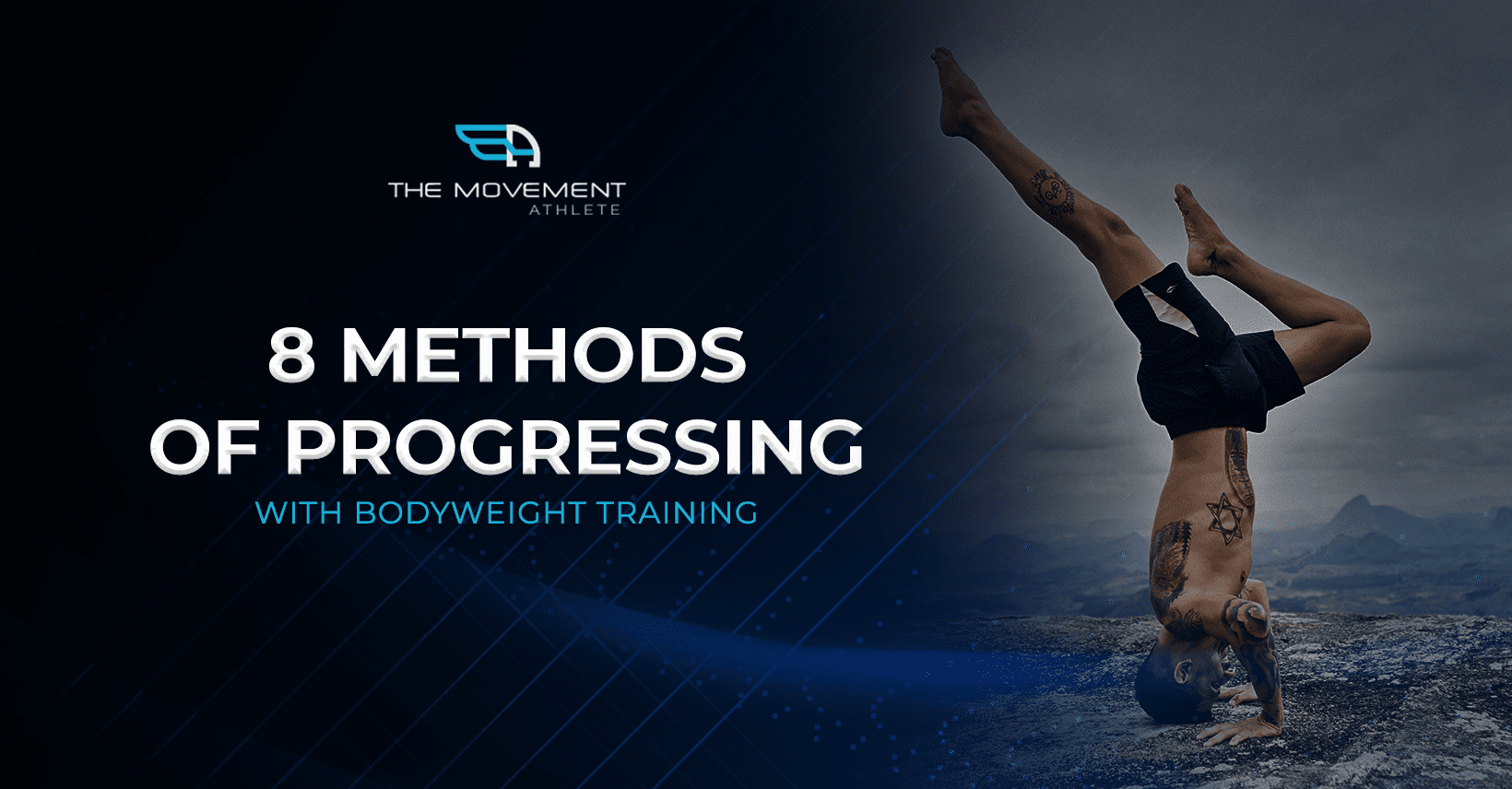
Join the tribe of Movement & Calisthenics Athletes –
People just like you that are working with their own body weight to get strength, lose fat build muscle, recover from injuries and live their best lives!
Calisthenic Progressions are your Secret Weapon
In order to progress in life, you need to choose the more challenging path. The challenging path might break you down at first, but it does provide you the necessary lessons for growth and change.
Nobody wants to be stagnant and remain the same for the rest of their lives. Being in the same place in the same situation isn’t living. You want to live. You want to change and progress.
👆 The same case goes for calisthenics. In order to progress, you need to continually choose the more difficult path. Your weapon of choice is calisthenics progressions or progressive overload.
Its principle is gradually increasing difficulty of your exercises. This challenges your body enough to promote growth. You’ll need to change 4 main factors in your training:
- ✅ Volume ( Number of reps and sets)
- ✅ Intensity ( Difficulty of your exercises)
- ✅ Frequency ( How often and long do you train)
- ✅ Time ( How long do you execute the exercise and your rest periods)
Because our bodies are amazing at adapting to almost everything, our bodies quickly adapt to our workout load. Our exercises don’t get easier. We simply get stronger.
In order to keep our progress, we need to challenge our bodies regularly by gradually adding difficulty to our exercises. We need to make changes to the factors mentioned above. This goes for whatever type of resistance you use for training: bodyweight, barbells, dumbells, household items, whatever.
So how do we get progressive with our workout?
Methods of progressing in calisthenics
1. Volume Change 🤸♀️
This would be the most basic and your priority to change especially if you’re just starting out. Volume is the total amount of repetitions you’ve done. Before you change anything in your exercise, you need to gradually add repetitions in your workout. Follows is increasing your number of reps then moving on to the more difficult exercise variation.
It’s important to note that there are different approaches to setting the number of repetitions. This would also depend on your goal so understand that there will be no specific number of repetitions standard for everyone.
📌 The main goal is to find a challenging number of repetitions. As you get stronger and the number gets more comfortable, you’ll gradually increase it to keep the exercise challenging.
Training with The Movement Athlete Academy, you’ll be guided all throughout your workout so you don’t have to worry about anything else.
2. Add weight: 🏋️♂️
After changes in your volume, another step you can do is by adding weight. This increases the intensity of the exercise, thus stimulating your muscles for more growth.
Even if you’re doing calisthenics, don’t be ashamed of adding weight to your exercise. For example, if you’re doing planks or pushups, you could wear a weighted vest or place a weight plate on your back.
👉If you don’t have the equipment, don’t fret. Be creative because there’s a lot of potential alternatives in your environment.
3. Increase range of motion: 💪
Increasing the range of motion provides an increase in the intensity of your exercise. This is an excellent progression if you’re starting to train a difficult exercise when done in full range of motion.
For example, handstand push-up requires you a good amount of upper body strength even if you have the wall assisting you. If you still can’t do the it’s a complete range of motion, what you can do is to stack books beneath your head. The books will support your weight especially at the bottom part of the exercise. This way, you can build strength and confidence slowly with the exercise. You can remove each book, hence you’ll be going lower and lower until you can complete the range of motion.

4. Change the position of your body 🎯
This method is very similar to adding weight but you won’t be adding any external stimulus to your workout. Change in your body position can add weight to your exercise.
For example, beginners can start with high wall pushups. As you get stronger, you can go to a lower and lower surface until you reach the regular push-ups. Once you find the regular push-ups to easy and you don’t want to add weight. You can move to the more difficult archer push-ups by changing your body position or do push-ups in the gymnastics rings.
All of these changes in body position lead to an increase in the intensity of your workout. You’ll get stronger and stronger in no time.
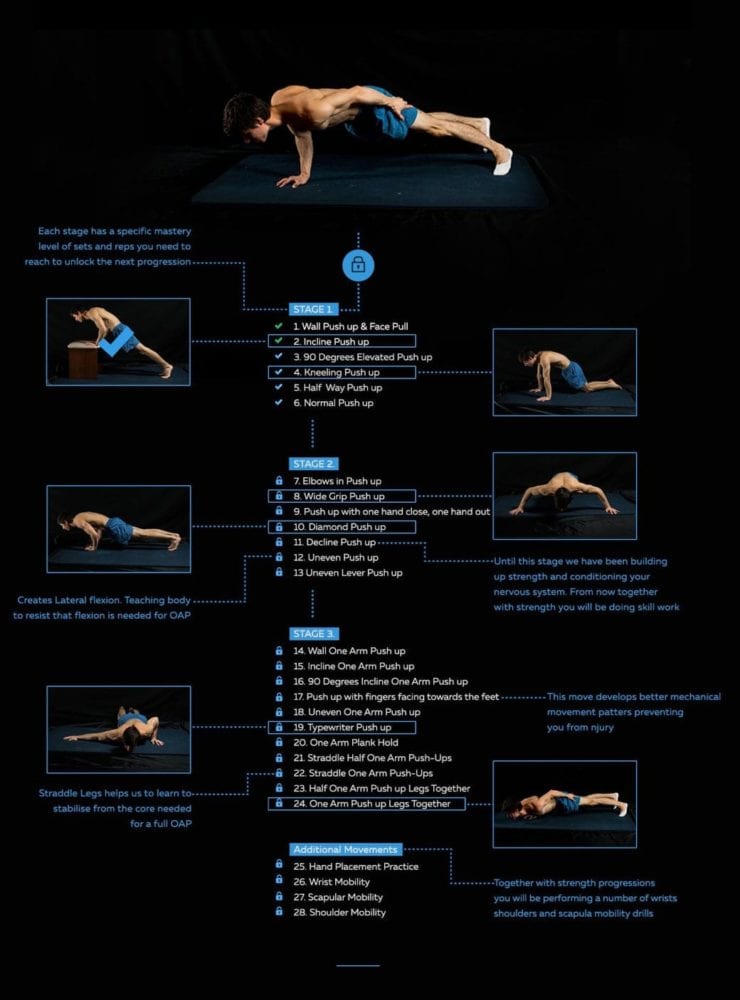
5. ⚡️ Increase your training per week:
You can increase your training frequency per week to get more challenged. If you’re training your full body 3 times per week and it’s getting too comfortable, try working out for 4 times per week and feel the difference for yourself.
You need to do this slowly though. Adding too much workout could lead to overtraining. Remember that you get stronger when you are resting, not when during your workout.
6. Combining exercises into more complex moves: 🔥🔥🔥
Exercise combinations is a very fun way to progress. By combining exercises, you’ll add intensity to your workout and keeps your body adapting to the new motions of the exercises.
A simple example is combining L sit to tuck planche. It’s an excellent way to solidify both exercises and keep you getting stronger.
Be mindful when doing this method. Perfect form is a must. Doing lousy combinations will not give you optimum results.
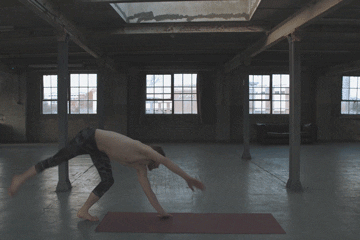
7. Do it slower: 🔔
The element of time is another effective way to increase the difficulty of an exercise. By doing an exercise slower, you’ll have more time under tension. This means that your muscles will be working for longer periods of time.
For example, if you’re getting too comfortable with your regular pushups, count. If you’re doing you’re regular pushups with 2 counts going down and 2 counts going up, extend it. This time, try going down for 4 seconds, pausing at the bottom, then pushing up for another 4 counts. I guarantee that you’ll immediately feel the difference.
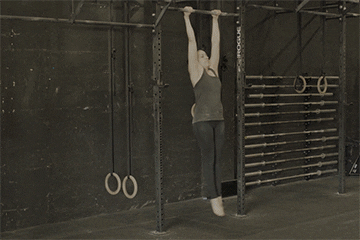
8. 👊Bend the rules and have fun:
After all this there comes one thing in the mind that do you have to follow these rules very strictly? And please let me tell you NO. Bending the rules have always been fun and what good is it to do something if you’re not having fun with it. For now I would suggest to stay with those rules, of calisthenic progressions, but as you learn more and go along you will be able to apply your own learnings to create new ways to increase resistance.
After all that we’ve talk about, here’s the most important and last method of improving: bend the rules and have fun!
Yes, it sounds counterintuitive after all the methods we’ve mentioned, but it all boils down to having fun. What’s the point of progressing if you’re not living and not enjoying what you’re doing.
For now, it’s best to experience calisthenics first and just have fun. After you’ve gained more knowledge and experience, then you could actually start increasing resistance in your own way.
Another method of increasing resistance while enjoying the process is through training with The Movement Athlete Academy. I can’t apologize for the shameless plug because training with the app is just too good to pass up.
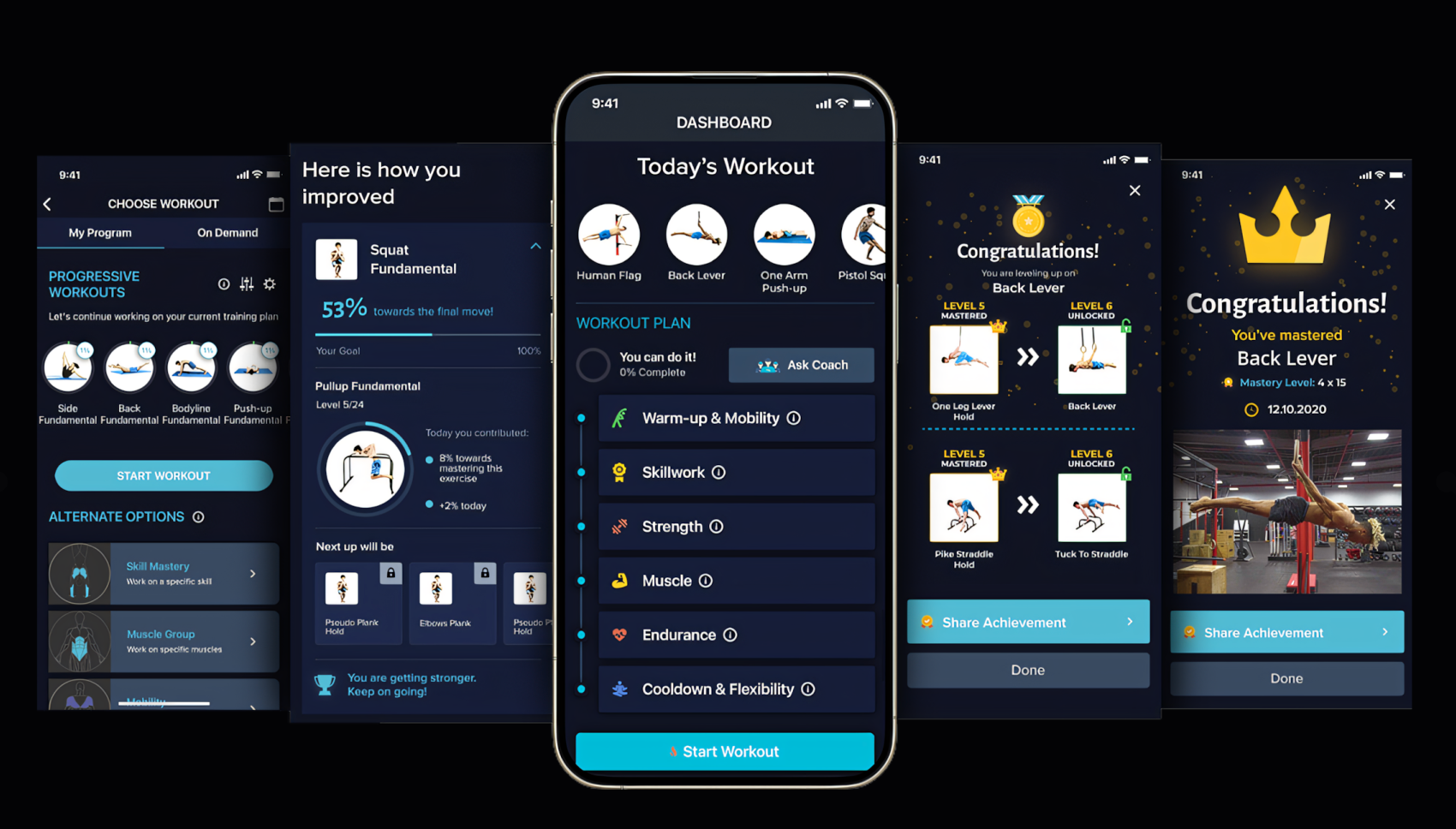
With The Movement Athlete Academy, you don’t need to think about how you need to program your workout to achieve progressive calisthenics. The app already adapts to your needs and goals. All you have to do is to train.
